Yesterday, I chatted with a friend of Ali. He said that based on his recent experience in recruiting Java engineers, most candidates will basically encounter a sad hurdle after working for 3 years. Why do you say that? Because after working for a period of time, most engineers have completed the most primitive accumulation of basic skills, and the gap in their technical level is concentrated in the proficiency of language, framework, and tools. And this difference will not be very big, even if it is big, it is easy to catch up.
But if an engineer has been stuck in business development and has been immersed in the proficiency of tools, he will naturally encounter a capacity bottleneck. This bottleneck is the hurdle mentioned above. If you jump past it, you will find a new world that can continue to grow in the next interval. If you can't jump over, you may keep spinning in place.
You know, Alibaba's interview is relatively difficult. I also asked about the ability requirements of their team for Java engineers. He said that the requirements are actually already written in JD, but many times people don't understand the meaning behind these recruitment rules. Under my questioning, he talked to me about his cognition.
1. All big companies or all companies will value the education and work background of the candidates, and it is absolutely polite to say that they do not value it. If the candidate has previous work experience in a large-scale factory, or has a good academic background, it is definitely a big plus.
2. Many candidates will spend a lot of energy on optimizing their resumes, which is actually unnecessary. For companies like Byte and Ali, they basically choose one of 15 people. When looking at your resume, it’s very simple. Just look at the keywords, and those imaginary things will be avoided.
3. From the actual situation, if you do research and development, you should first go to a big factory. First, big companies respect technology more and are willing to pay higher salaries for technicians. If you don't talk about it, you can't black out, most of the small company owners don't realize the importance of technology. Second, large companies have a larger number of users, better technical application scenarios, well, high concurrency and large traffic.
4. By the way, after entering the big factory, the candidate is equivalent to establishing a secret channel for himself. Because after entering a big factory, your small partners who work with you may also change jobs. The new opportunities they find will have a better chance. At this time, if you are also good, you will naturally be taken in.
After listening, I was particularly touched. So I also reviewed with him his recruitment experience over the years. Indeed, 3 or 5 years is definitely a watershed between junior and intermediate Java engineers and senior Java engineers. If you can cross that hill, then he will soon enter a new stage of development.
But on both sides of the hill, the requirements for an engineer's ability are completely different. Let me post a screenshot of the recruitment , you will know it at first glance.

In summary, in addition to technical breadth, senior Java engineers should also have technical depth. For example, before you knew the JVM and knew to configure some parameters, but now, you need to have the ability to tune the JVM in complex and high-concurrency scenarios, and this ability requires you to understand the working principle of the JVM and at the same time Proficiency in using various analysis tools.
I have researched the recruitment requirements of companies including Alibaba, Tencent, Baidu, Bytedance, Pinduoduo, Meituan, Xiaomi, NetEase, JD, Kuaishou, Didi, Sina, etc., and found that everyone is concerned about senior Java engineers and senior Java development engineers. The ability requirements of senior positions such as Java technology experts, Java architects, etc. basically do not exceed the following points:

By mastering more than 80% of these five points, your big factory will be stable~ Then what kind of learning method should be used to learn? Let’s look at a mind map first.
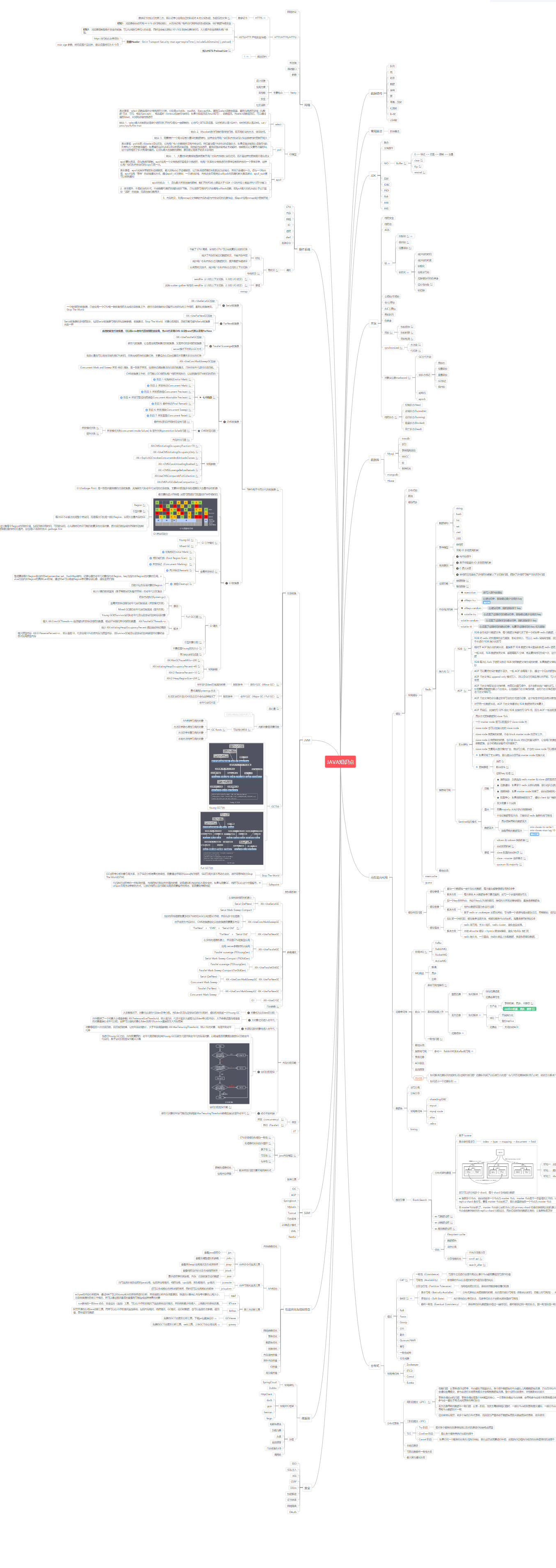
Because the knowledge points are too detailed, there are restrictions on uploading pictures and only part of the content can be displayed. The map will be shared with everyone. If there is a program that needs a complete document, you can help forward + follow, add assistant vx: bjmsb10 to obtain
There are 5 points how to learn how to learn about senior Java engineers, senior Java development engineers, Java technology experts, Java architects and other senior positions that are basically not beyond the ability requirements, and how to find and fill in the gaps, and I have prepared for you
Java basics (concurrent programming, JVM, IO)
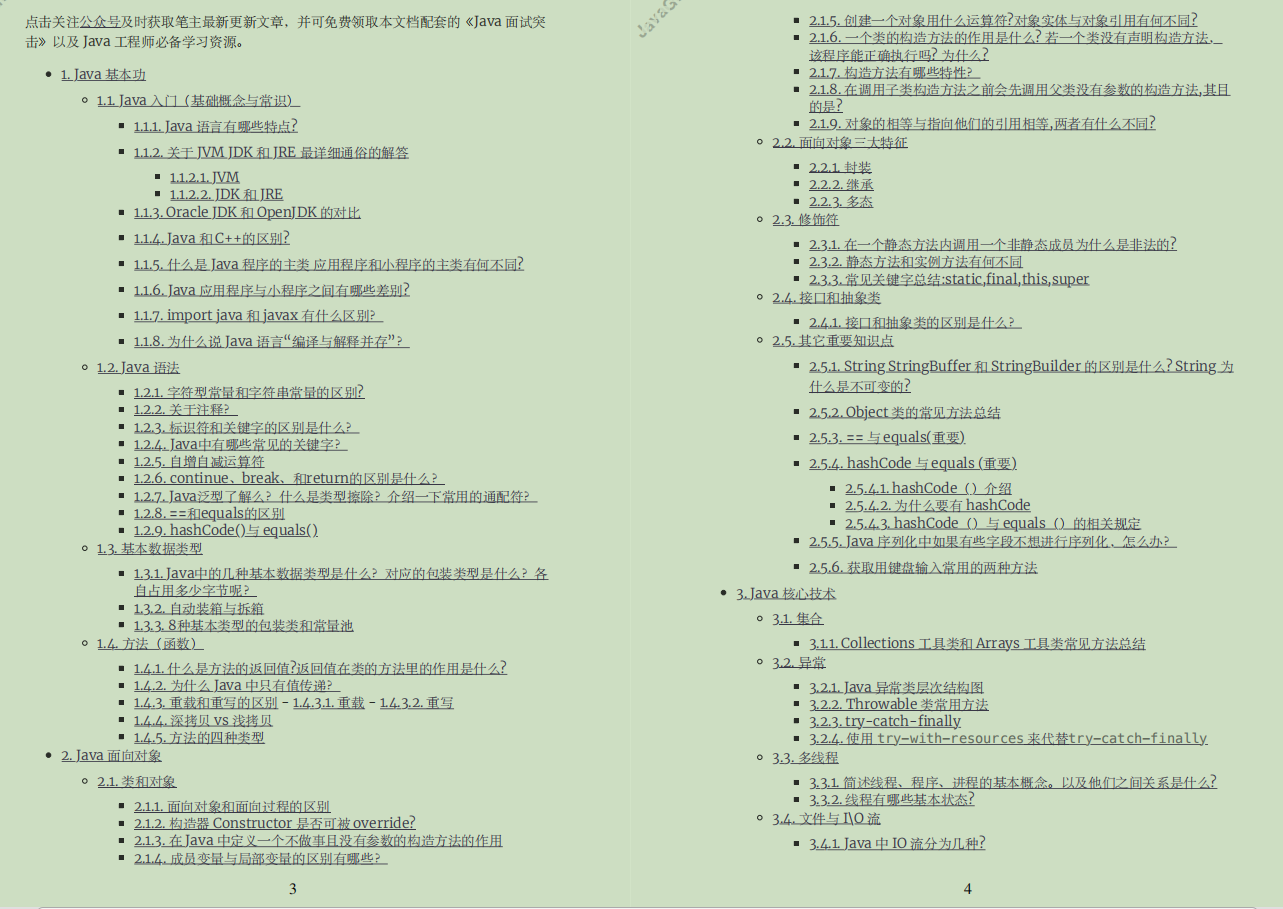
Java Basic Knowledge
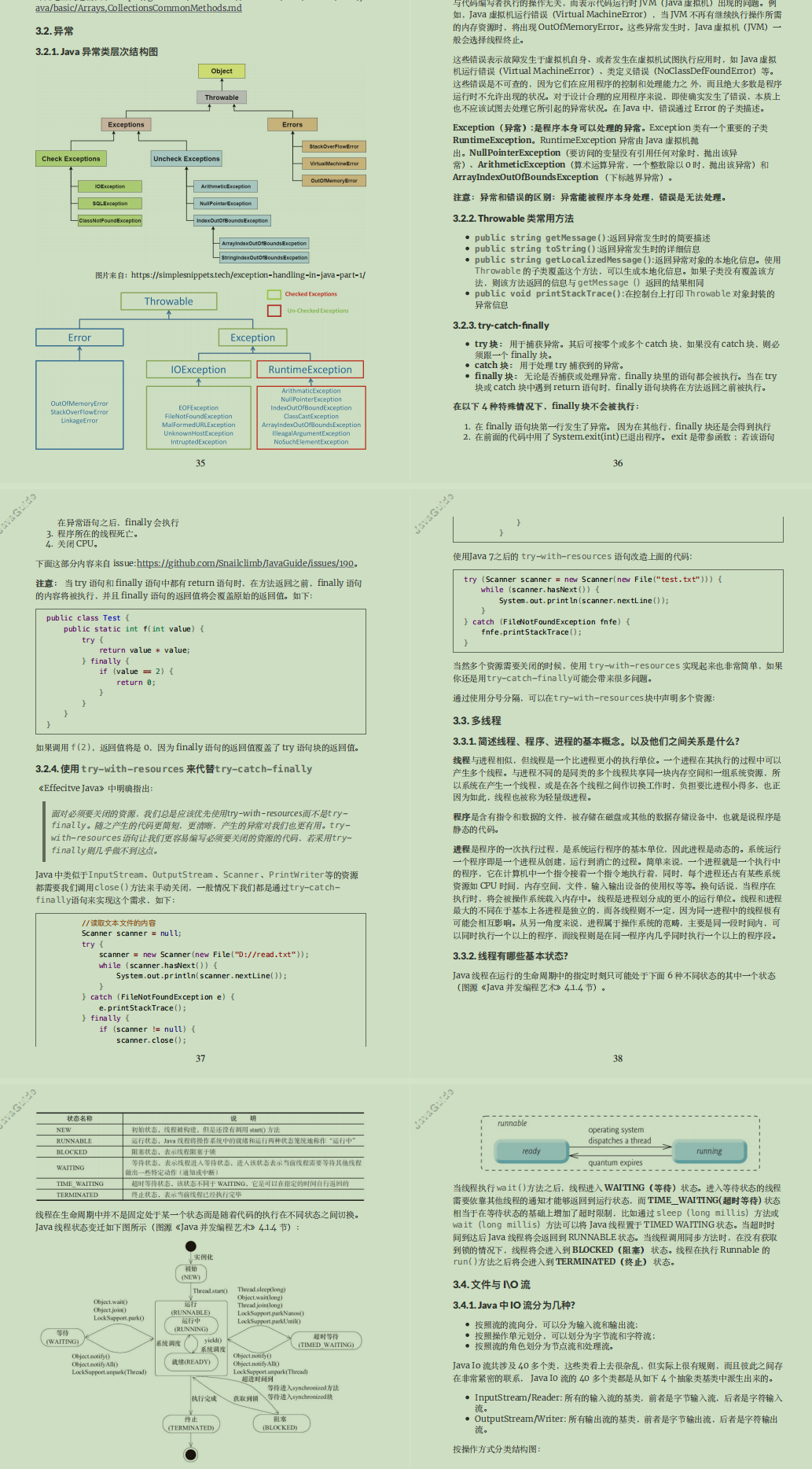
Java Basic Knowledge
Development framework (Spring technology system, ORM technology system)

Java EE Internet lightweight framework integrated development SSM framework (Spring MVC+Spring+MyBatis) and Redis implementation
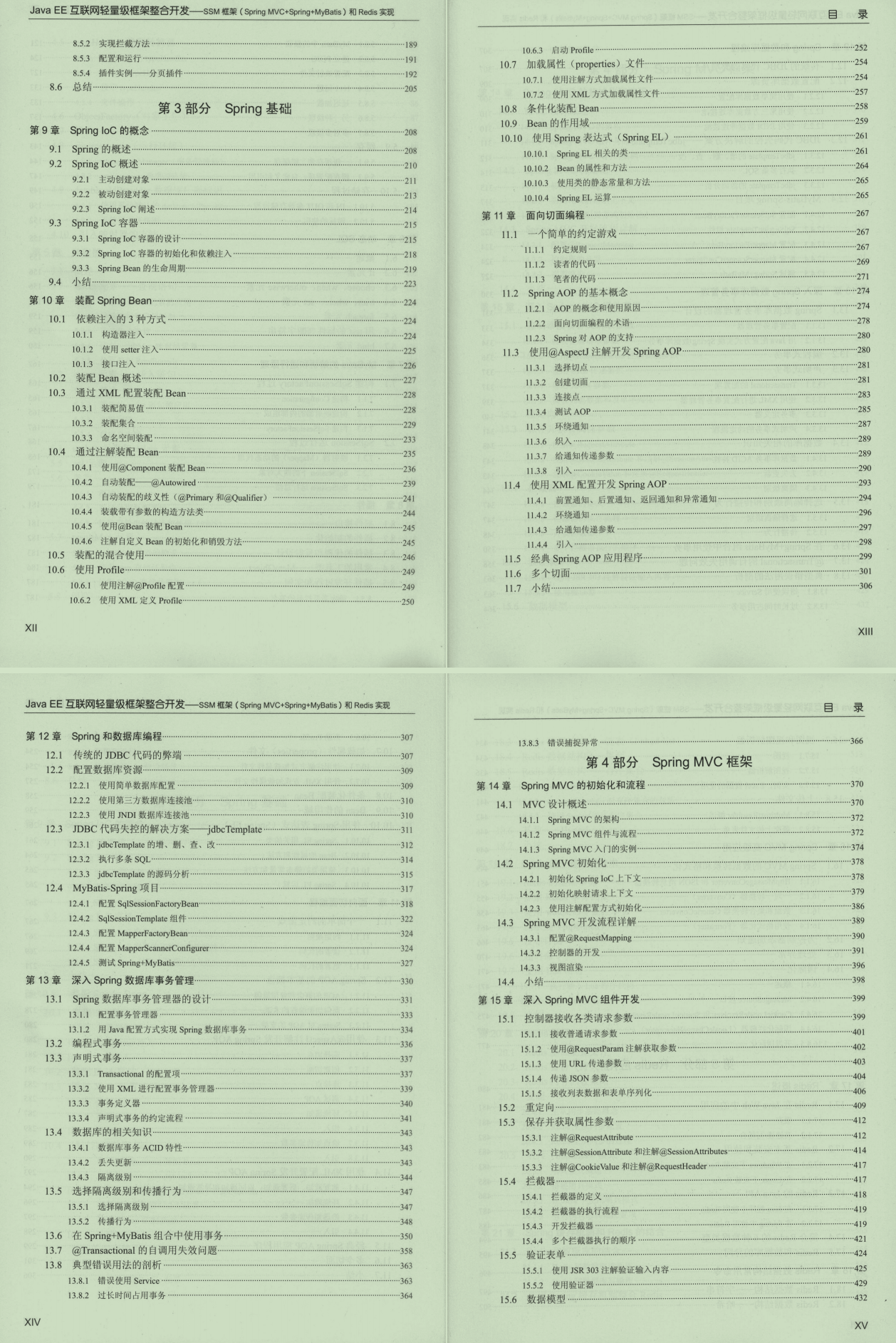
Java EE Internet lightweight framework integrated development SSM framework (Spring MVC+Spring+MyBatis) and Redis implementation

Java EE Internet lightweight framework integrated development SSM framework (Spring MVC+Spring+MyBatis) and Redis implementation
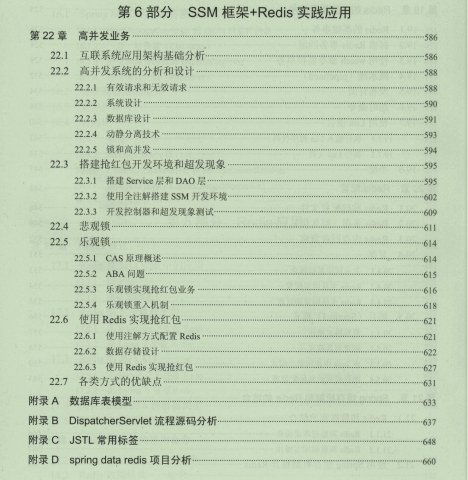
Java EE Internet lightweight framework integrated development SSM framework (Spring MVC+Spring+MyBatis) and Redis implementation
Due to space limitations, the detailed information of the pdf document is too comprehensive, and the details are too much, so only some of the knowledge points are screenshots for a rough introduction, and each small node has more detailed content! There is not only an outline and a table of contents, the program ape (yuan) in need can help forward + follow, add assistant vx: bjmsb10 to obtain
Middleware technology (RPC, MQ, Redis)
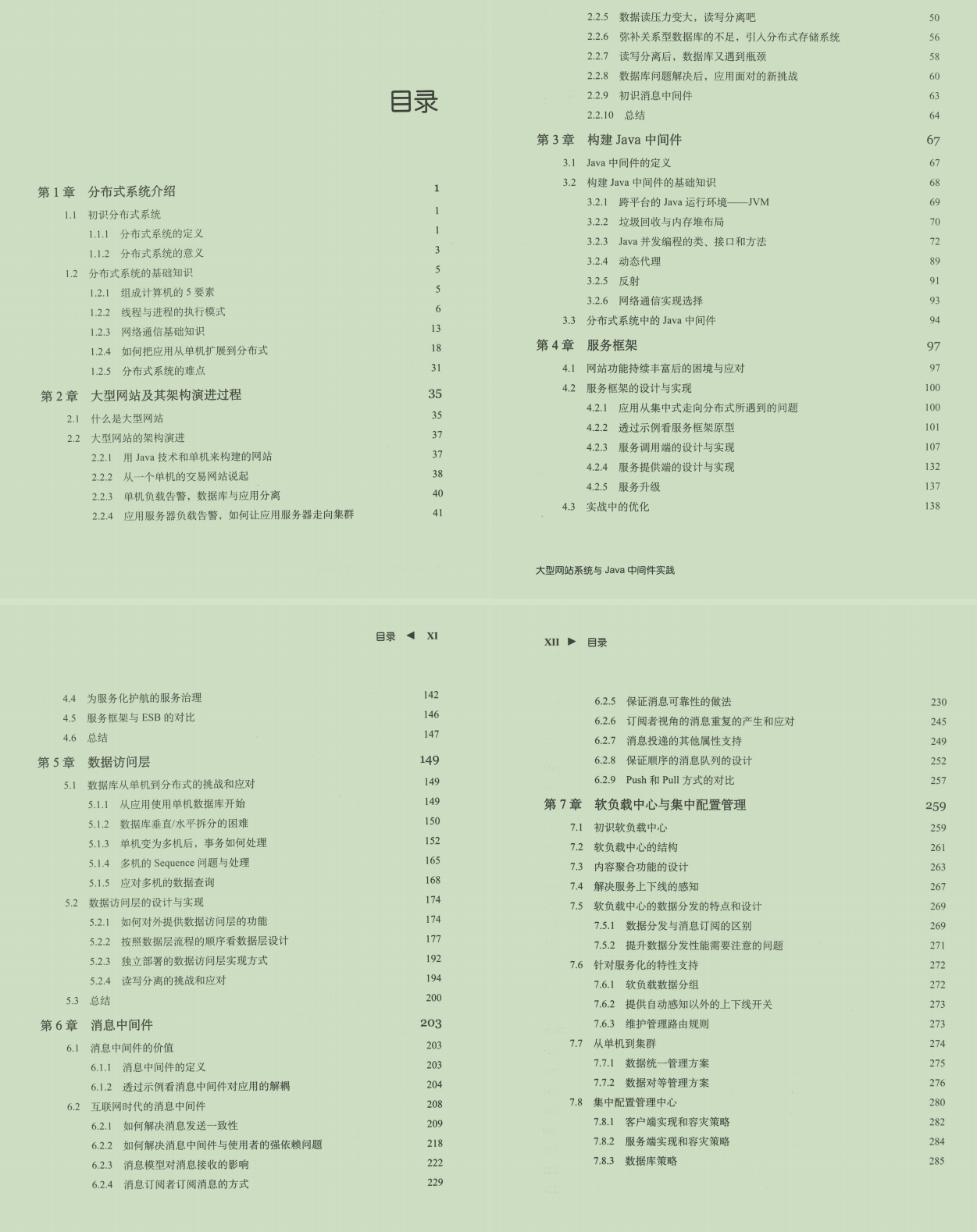
Large-scale website system and JAVA middleware practice
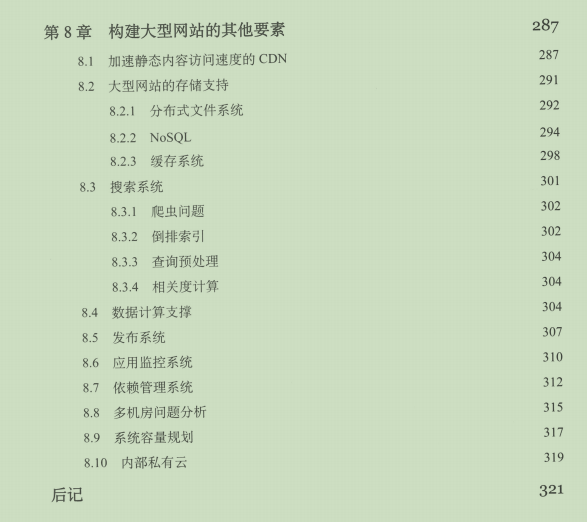
Large-scale website system and JAVA middleware practice
Database technology (MySQL optimization, database sub-table)

Database Principle, Application and Practice (SQL Server)

Database Principle, Application and Practice (SQL Server)
Architecture capabilities (microservices, system refactoring, high concurrency experience)
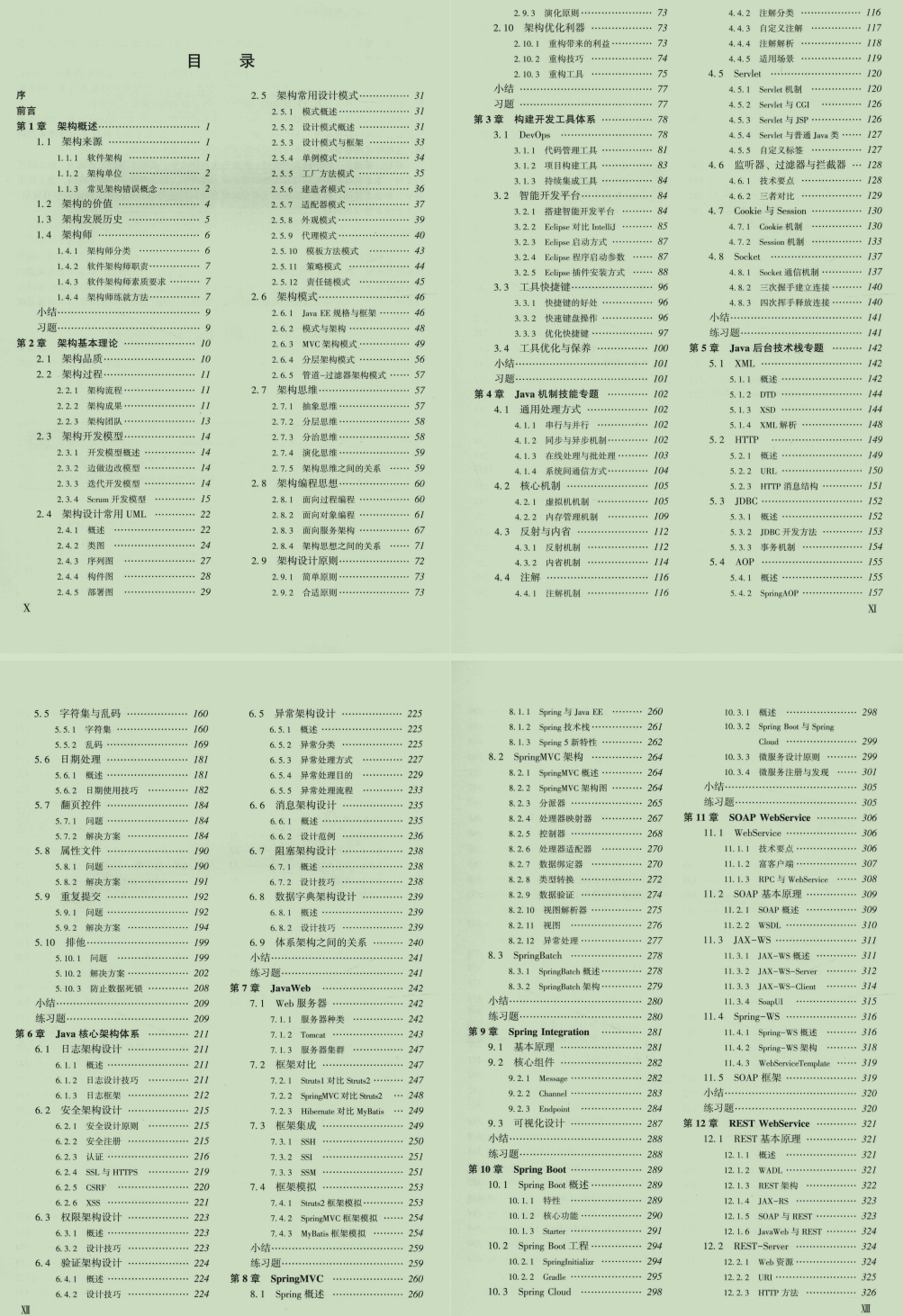
The perfect design of JAVA architecture: the actual combat classic
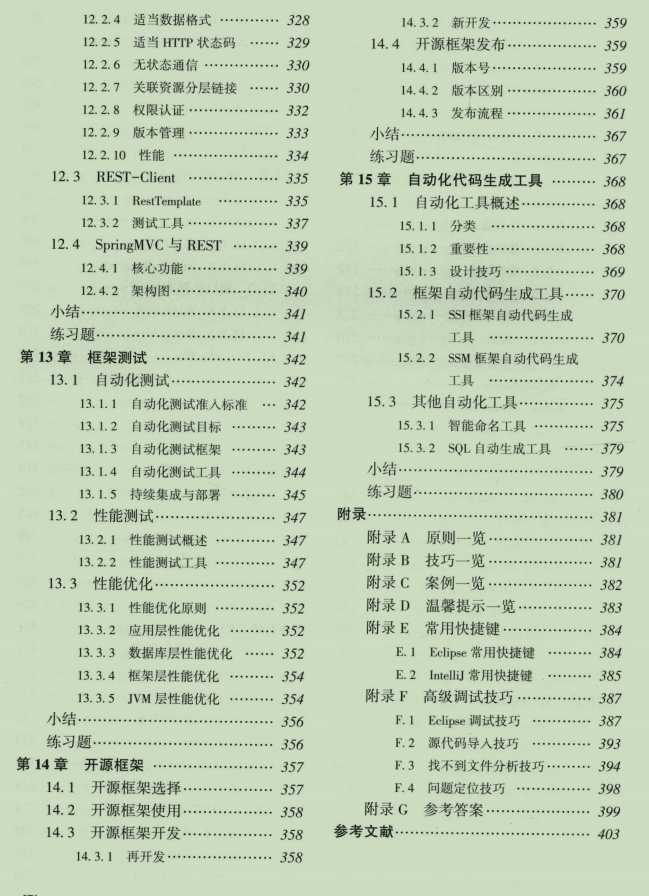
The perfect design of JAVA architecture: the actual combat classic
The mind map has been sorted out for you, the road has been paved for you, and the documents have been prepared for you. I can only help you here~
To receive the full set of materials mentioned in the article, you only need:
——Repost + comment on the article , and add assistant vx: bjmsb10 after following me.
